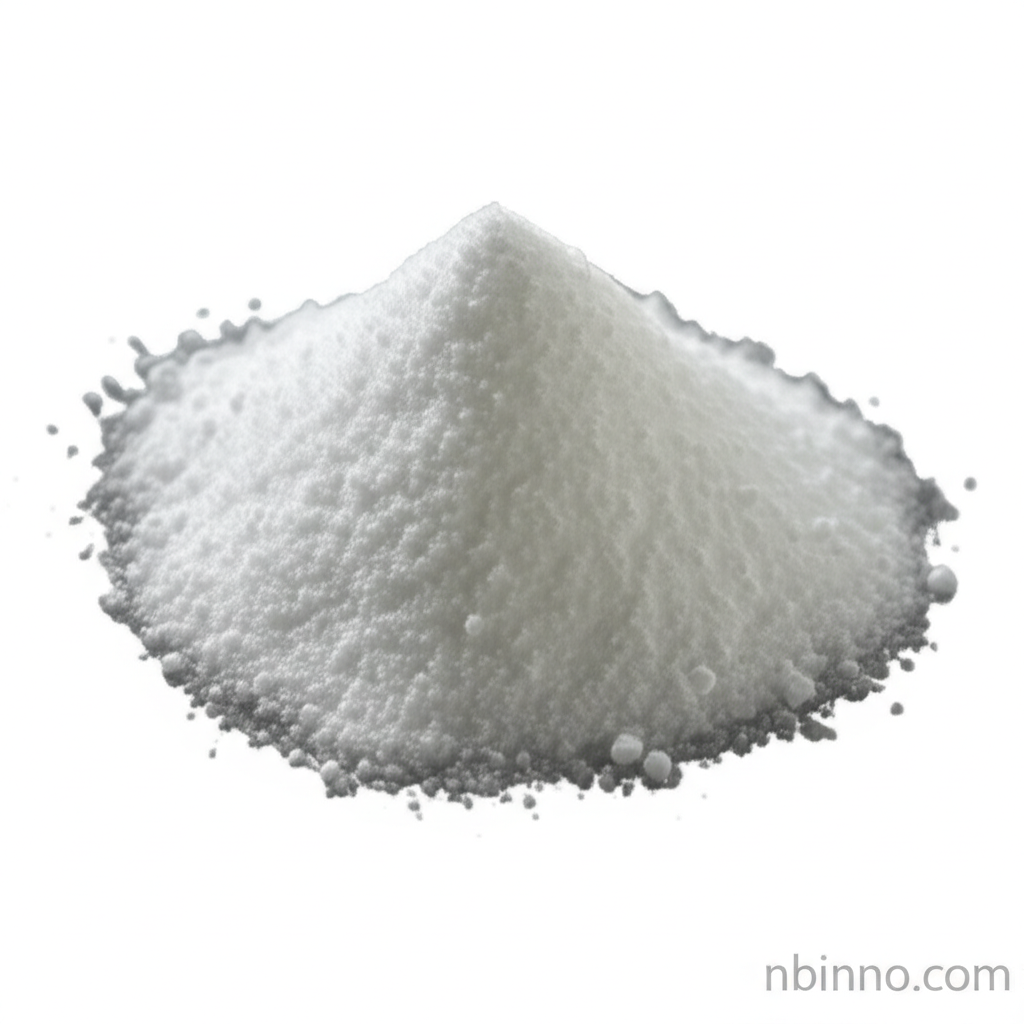Brinzolamide CAS 138890-62-7: Potent Carbonic Anhydrase Inhibitor for Ophthalmic Use
A highly specific carbonic anhydrase inhibitor crucial for managing intraocular pressure and protecting vision.
Get a Quote & SampleProduct Core Value

Brinzolamide
Brinzolamide is a key active pharmaceutical ingredient renowned for its efficacy as a carbonic anhydrase inhibitor. It plays a vital role in reducing intraocular pressure, a critical factor in preventing vision loss associated with conditions like open-angle glaucoma and ocular hypertension. Its specific mechanism of action targets the ciliary processes, thereby decreasing aqueous humor secretion.
- This potent carbonic anhydrase inhibitor, brinzolamide CAS 138890-62-7, is essential for ophthalmic health. It works by decreasing the production of aqueous humor, directly impacting intraocular pressure.
- Understanding brinzolamide ophthalmic solution mechanism is key to appreciating its therapeutic benefits. The compound inhibits carbonic anhydrase, reducing bicarbonate ion formation and subsequently fluid transport in the eye.
- Sourcing reliable brinzolamide pharmaceutical grade suppliers is crucial for quality assurance. Ensuring high purity and consistent performance is paramount for patient safety and treatment efficacy.
- The management of brinzolamide side effects is an important aspect of patient care. While generally well-tolerated, awareness of potential reactions and proper consultation is vital.
Key Advantages
Targeted Pressure Reduction
Brinzolamide effectively lowers intraocular pressure, a crucial step in glaucoma treatment, thereby improving patient outcomes.
Specific Mechanism of Action
As a highly specific carbonic anhydrase inhibitor, it offers a precise therapeutic effect with a favorable tolerability profile.
Vision Preservation
By managing intraocular pressure, brinzolamide helps prevent blindness and preserves visual function in patients with ocular conditions.
Key Applications
Glaucoma Management
Used to treat open-angle glaucoma, helping to prevent optic nerve damage and vision loss.
Ocular Hypertension
Effective in reducing elevated intraocular pressure that may lead to glaucoma.
Combination Therapies
Often used in conjunction with other medications like timolol or brimonidine for enhanced efficacy in controlling intraocular pressure.
Ophthalmic Formulations
Primarily formulated for topical ophthalmic use, ensuring targeted delivery and absorption.
